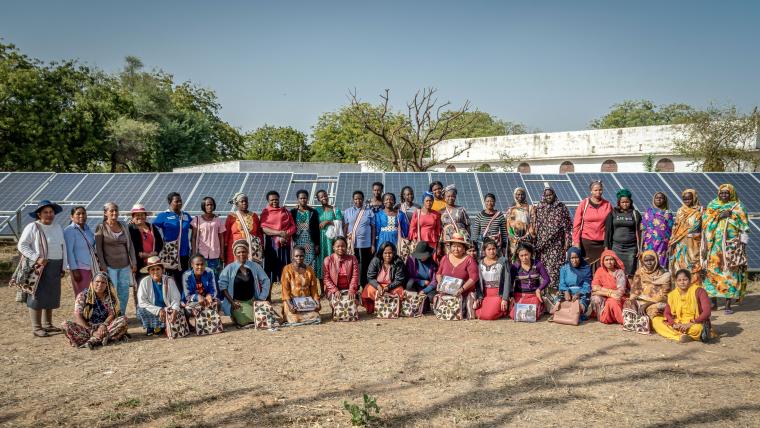
These women overcame illiteracy to become solar engineers
Solar technology is giving rural women all the power in their villages. Despite the advancement of renewable energy, over 700 million people still lack access to electricity. As a result, many are forced to make use of kerosene and wood. This is not only unsustainable, but dangerous to their health. In a pioneering programme at the Barefoot College International in India, some of the world's most underserved women are becoming solar engineers and bringing light to their communities.
Men often move away from their homes and closer to the city in pursuit of employment, while women are left to take care of the family. Since many of these women frequently use kerosene to cook, they are at higher risk of smoke inhalation. Kerosene produces household air pollution and can cause serious health problems such as strokes and heart disease. But the Solar Mamas initiative is equipping women over the age of 35 with the tools to change their circumstances.
Over a six-month period, women attend one of the global training facilities to learn how to design, build, and maintain solar panels. The programme is primarily based on visual learning methods such as colour-coded images and manuals because some of the participants are illiterate. Eposi Ngeve graduated from the programme in 2019 and returned to Cameroon to train other women in solar engineering. “I’ve come up with this to empower women, how we can be independent, how we can be strong,” she says.
While providing an essential service, the Solar Mamas are improving their financial wellbeing. So far, 2 200 women from 93 countries have been upskilled as solar engineers. Bringing clean energy upon their return, they become a beacon of hope. When women are empowered, we can uplift entire communities.
You can contribute to the work of Solar Mamas here.
Footage and photos by Barefoot College International and Cassie Piccolo were used in the creation of this film.
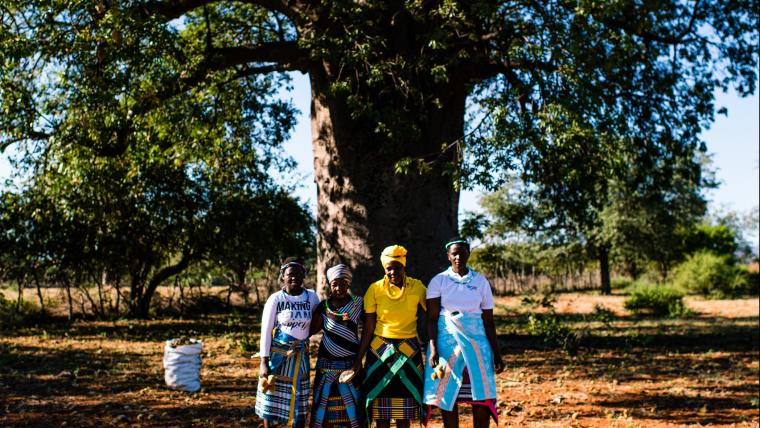
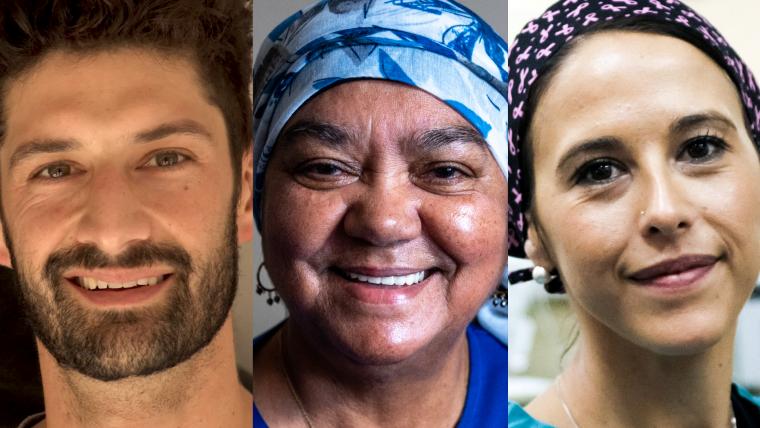

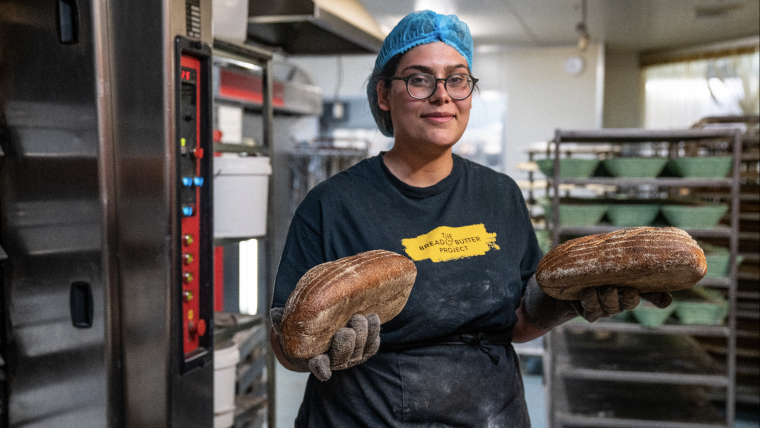
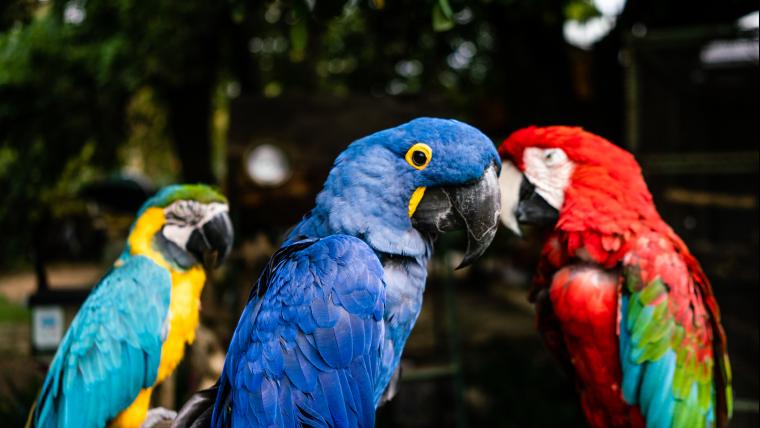
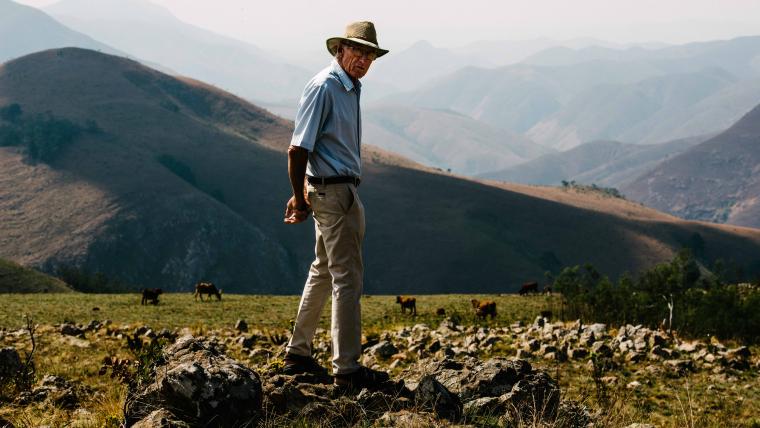
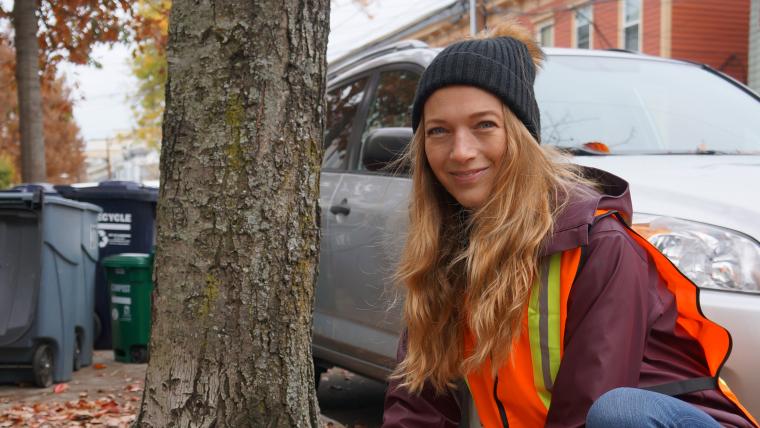

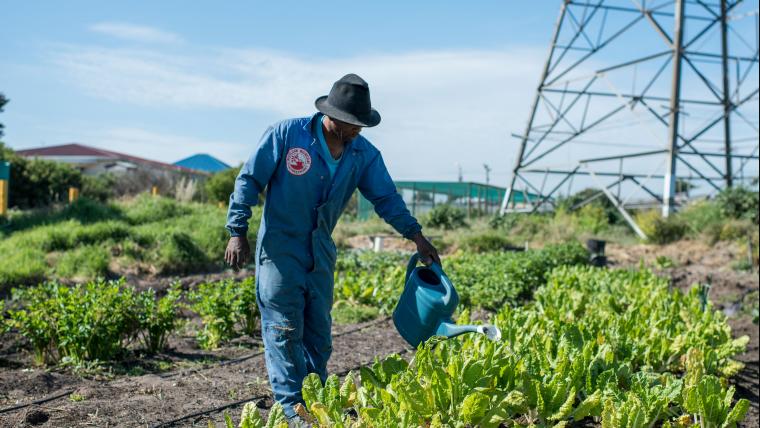
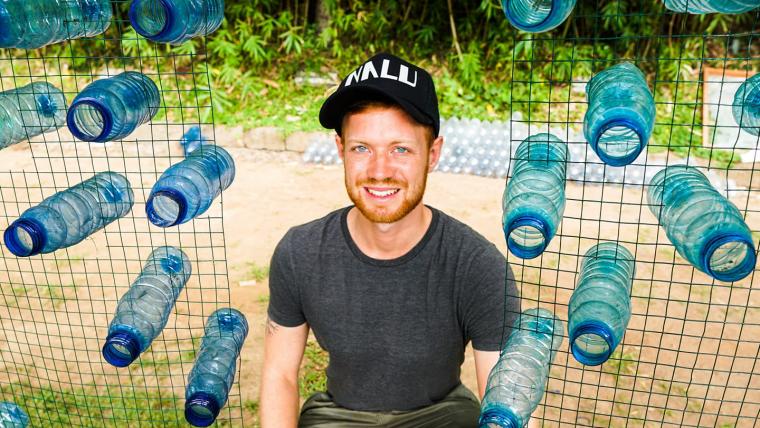




















Please sign in to leave a comment